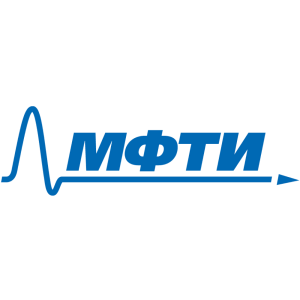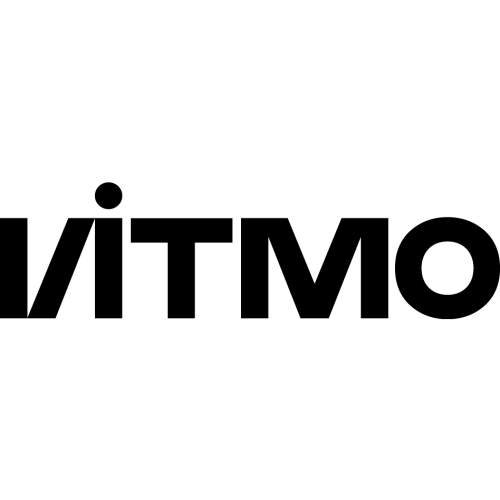Laboratory of magnetic heterostructures and spintronics for energy saving information technology
Publications
147
Citations
2 642
h-index
29
Authorization required.
Scientific research in the laboratory is carried out in the following main areas:
- New materials of nanomagnetism and spintronics
- Fundamental magnetism and optomagnetism
- Ultra-fast magnetism
- Fundamental spintronics
- Applied spintronics. Development of scientific and technological foundations of RAM MRAM, STT-MRAM and microwave spintronic devices
- Robotics, artificial intelligence and neuromorphic algorithms
- Quantum information technologies
- Single-photon sources
- Two-dimensional materials
- Optoelectronics
- THz
- Transport measurements
- Cryogenic research
- Magneto-optical effects of Kerr and Faraday
- Ferromagnetic Resonance (FMR)
- Photoluminescence
- Pump-sensing spectroscopy
Research directions
"Single photon sources based on carbon nanotubes"
+
Project objective:
The project aims to study the generation of single photons in single functionalized CNTs integrated with optical nanostructures, as well as the generation of connected photon pairs in nanostructures based on thin CNT films. In addition to the fundamental results, successful experiments will allow the project to be developed to the commercial introduction of single photon sources based on OUNT for use as a platform for optical quantum technologies.
Project objectives:
- Creation and study of single photon sources based on carbon nanotubes;
- Development of single-photon technology based on carbon nanotubes;
- Development of new optical and electroluminescent technologies for the integration of the emitter and the creation of a working prototype;
- Creation and strengthening of cooperation in the field of synthesis-fabrication-optics-theory between researchers from MIPT, Phystech, Skoltech and ITMO University.
Two-dimensional materials for quantum technologies
+
In the field of two-dimensional materials: new methods of nanostructuring transition metal dichalcogenides have been investigated. The integration of two-dimensional layers with metasurfaces has been carried out. Their linear and nonlinear optical properties were measured and the resonant response in individual spectral ranges was confirmed.
The interaction of atomically thin Van der Waals semiconductors with magnetic substrates allows additional control of the valley degree of freedom inherent in two-dimensional layers and provides a promising platform for the development of new valley electronic devices for processing and storing information. Photoluminescence in heterostructures of a MoSe2 monolayer and thin films of ferrimagnetic garnet was studied [2D Materials 10.1088/2053-1583/ac3887].
Bolometric and thermoelectric effects on the tunnel barrier have been studied during infrared photodetection in graphene-based heterostructures [npj 2D Materials and Applications 10.1038/s41699-024-00470- z]. The features of the optical properties of homo and heterostructures based on two-dimensional materials are used to detect various phases of matter.
Opto- and quantum spintronics
+
The group's scientists have developed the concept of an optomagnetic logic element based on two interfering spin waves. The researchers also demonstrated an approach to the implementation of a magnon logic gate based on multipath optical excitation of spin waves in a magnetic dielectric film. Using a numerical model, an ultrafast optomagnetic logic gate XNOR based on the interference of spin waves was also developed. The developed element demonstrated high contrast, high performance and no ohmic losses and can be further used to create more complex magnonic logic elements [PhysRevApplied.18.054038].
Magnetism in nanomaterials and heterostructures
+
Magnetooptics in 2D materials and heterostructures at low temperatures is a field that also includes studies of spin-orbit interaction and effects induced by the proximity of surfaces.
In 2020, experimental facilities were created to study the magnetic and optical properties of materials at temperatures up to 4 K and ultrafast magnetic dynamics using femtosecond pulses. In 2021, an RNF group grant was received to conduct research in the field of control of the spin wave spectrum by short laser pulses. In 2022, an approach for the implementation of magnon logic gates based on multipath optical excitation of spin waves was demonstrated.
Publications and patents
Found
Nothing found, try to update filter.
2020
—
2022
| Звездин Константин Анатольевич
2017
—
2019
| Звездин Анатолий Константинович
2016
—
2018
| Попков Анатолий Фёдорович
Lab address
Научный переулок, 4к1, Долгопрудный, Московская область
Authorization required.









